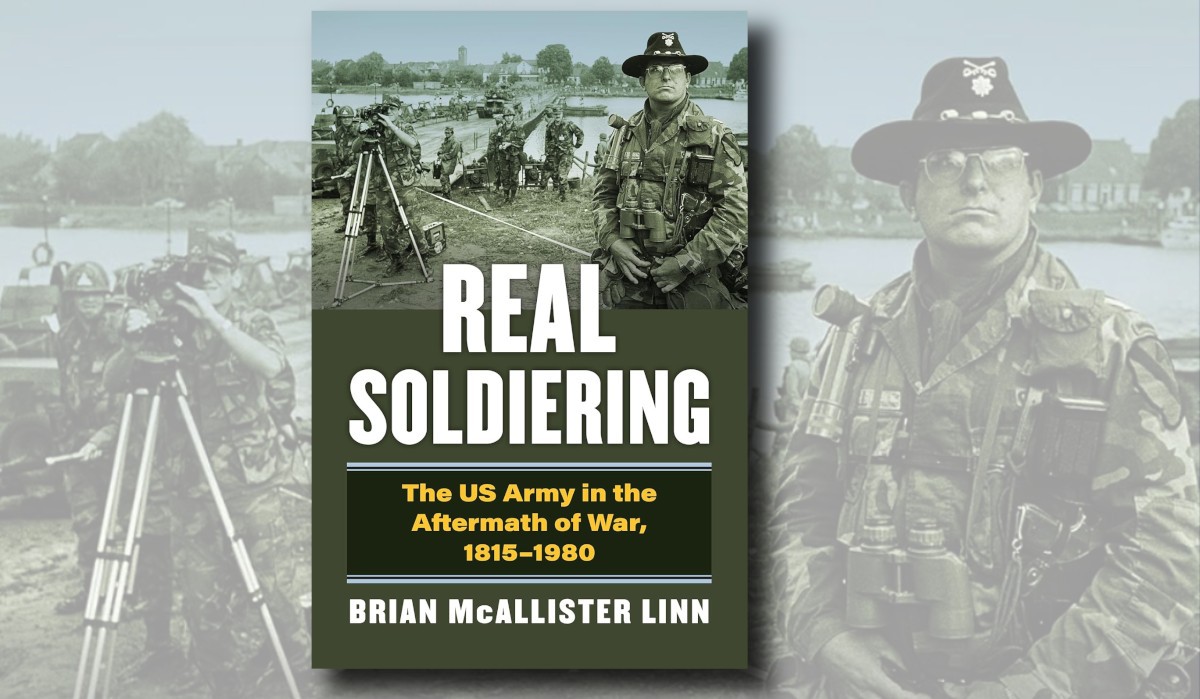Reviewed by Lieutenant Colonel Duncan Foster
By Charles E. Kirkpatrick, CreateSpace Independent Publishing Platform, 2015, ISBN 978-1519741837, 172pp
‘It would be difficult to exaggerate Wedemeyer’s impact as a strategic planner during 1941-1943.’[1]
D. Clayton James
A staff officer’s work is by necessity unsung, however, at certain points throughout history it can be seminal. Over a three-month period before the US entered the conflict, Major Albert Wedemeyer wrote the US Army Victory Plan for the Second World War. This plan predicted the future organisation of the US Army ‘that did not yet exist, outlined combat missions for a war not yet declared, and computed war production requirements for industries that were still committed to peacetime manufacture.’[2] This 14-page piece of staff work proved to be remarkably accurate. Charles Kirkpatrick – who has written about Wedemeyer’s foresight in his work An Unknown Future and a Doubtful Present: Writing the Victory Plan of 1941 noted that ‘very few staff papers have ever had its prescience, its impact, or its far-reaching consequences. Fewer still have dealt so concisely, yet comprehensively, with grand strategic concepts.’[3]
Despite its brief size, Kirkpatrick’s book provides a description of the formulation of grand strategy that longer works have failed to achieve. Kirkpatrick describes how Wedemeyer used four simple questions to provide structure to the plan:
- What is the national objective of the United States?
- What military strategy will be devised to accomplish the national objective?
- What military forces must be raised in order to execute that military strategy?
- How will those military forces be constituted, equipped, and trained? [4]
‘Before long’, Wedemeyer later said in 1984, ‘I rediscovered the obvious: a journey can be charted only with the destination in mind, and strategy can be plotted only with goals or aims in mind.’ [5] Kirkpatrick’s book reinforces the challenges of national strategy, when the highest political level is not interested in long-term planning but lives in the now. This contrasts with the military’s requirement for long-term planning in order to achieve the political aim.
Wedemeyer’s success was the result of his education, both formal and self-developed through reading widely. He was a graduate of both West Point and the US Army Command and General Staff College where he was an honour graduate. Of note was that he had been a student of the German Kriegsakademie (war academy) in the 1930s which greatly assisted him in the development of the plan. His attendance provided him with an insight on how the future enemy of the US fought and thought about war.
Wedemeyer understood that mobilisation was more than just conscripting large numbers of people and training and equipping them. It also necessitated getting them to the enemy. As Kirkpatrick points out about Wedemeyer’s paper: ‘Victory Plan drives home a point long ignored in American military planning: mobilisation plans must be drafted with the operations plan in mind and taking into account of the circumstances peculiar to a given operational requirement.’ [6] This is an important point that plans are never developed in total isolation.
This work is highly recommended. It is a short work filled with valuable insights on the planning and conduct of the highest level of strategy. It highlights the importance of reading for professional development and that quality staff work matters. It is rare for a single piece of staff work to have such a significant impact on the outcome of the Second World War. This book shows how planning and good staff work can win a war.
[1] Charles Kirkpatrick, An Unknown Future and a Doubtful Present: Writing the Victory Plan of 1941. Center of Military History United States Army Washington, D.C., 1992. Page 55.
[2] Ibid. Page 1.
[3] Ibid. Page 1.
[4] Ibid. Page 60-61.
[5] Wedemeyer, “Memorandum on a National Strategic Council,” in Military Planning in the Twentieth Century. Proceedings of the Eleventh Military History Symposium 1984, USAF Academy. Washington: Office of Air Force History, 1986. Pages 409-410.
[6] Charles Kirkpatrick, An Unknown Future and a Doubtful Present: Writing the Victory Plan of 1941. Center of Military History United States Army Washington, D.C., 1992. Page 116.




